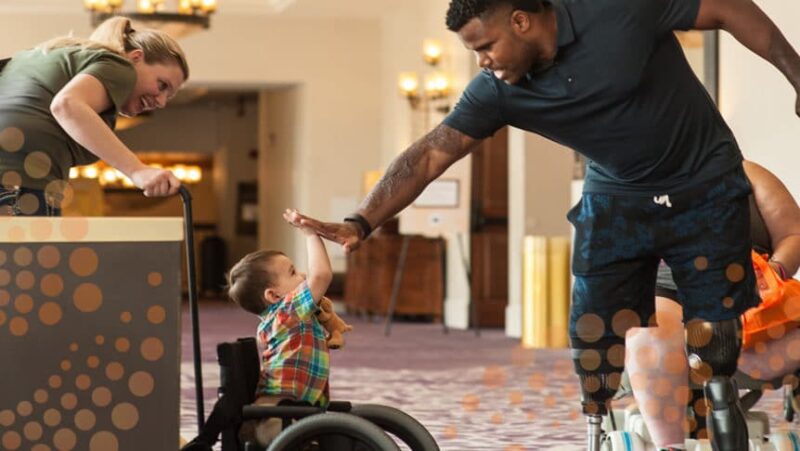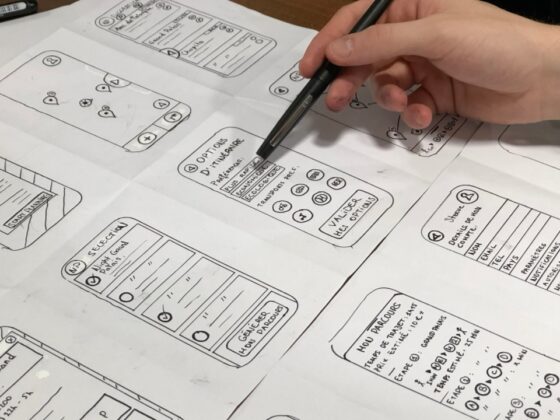Losing a limb is a difficult experience for any child. It can be difficult to accept that a part of their body is missing, and they may feel as if they are no longer the same person. This is a life-changing event that can be extremely traumatic for many children. However, there are ways you can assist these children in adjusting to and coping with their new situation. You can use the methods listed below to assist a child who has lost their lower limbs.
Let them Access Assistive Technology

There are numerous types of assistive technology that can assist a child who has lost their lower limbs. The following is a list of some useful devices.
1. Sensory Integration Appliances
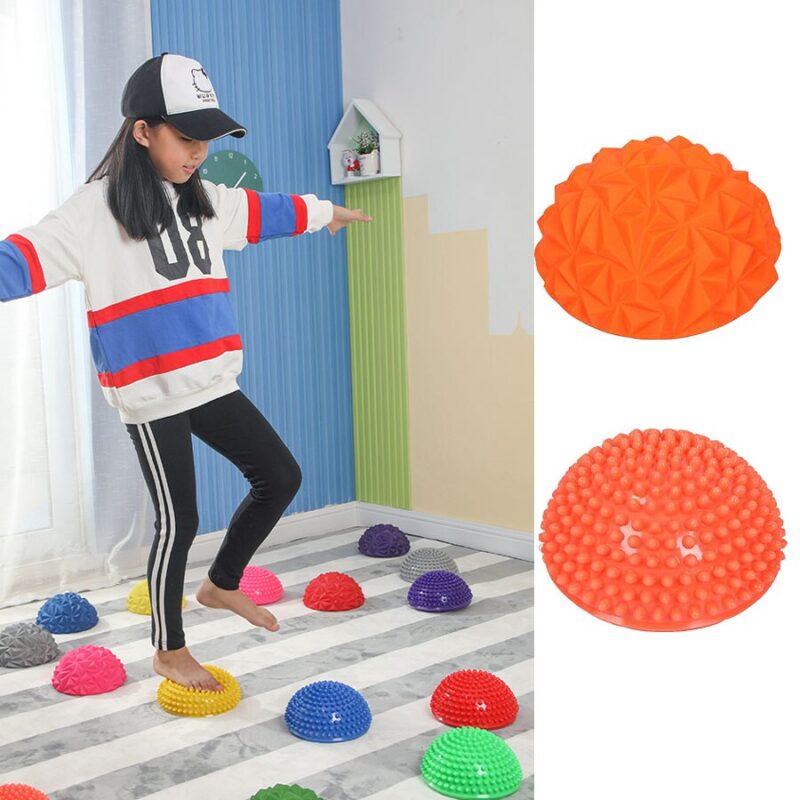
Sensory integration appliances provide feedback from the surrounding environment to those who have lost their lower limbs. They include ankle weights or spring-loaded designs, so movement feels more natural.
2. Prosthesis
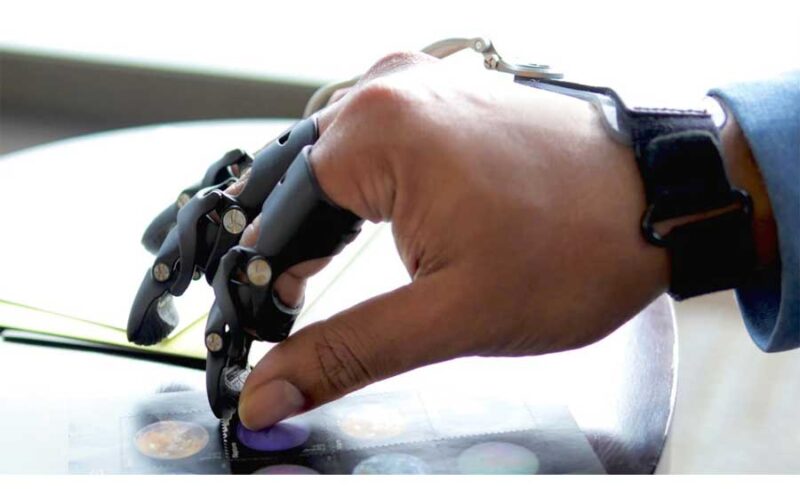
A prosthesis can help the child feel more like themselves again and reclaim some independence. There are numerous prostheses available, and you will need to consult with a doctor to determine which one is best for your child.
It’s important to remember that prosthetics aren’t always perfect, and they can take some getting used to. They can, however, be a very useful tool in assisting your child’s adjustment to their new life.
3. Orthoses
An orthosis is a device that assists the body in maintaining or improving its position or shape. One common type of orthosis for children is a Spica cast that keeps the leg in place while it heals.
There are, however, a variety of orthoses available for your child, which you should discuss with your doctor. Doctors use custom-made orthotic braces to assist amputees in walking more easily after losing one or both legs below the knee/ankle joint.
Support them Emotionally
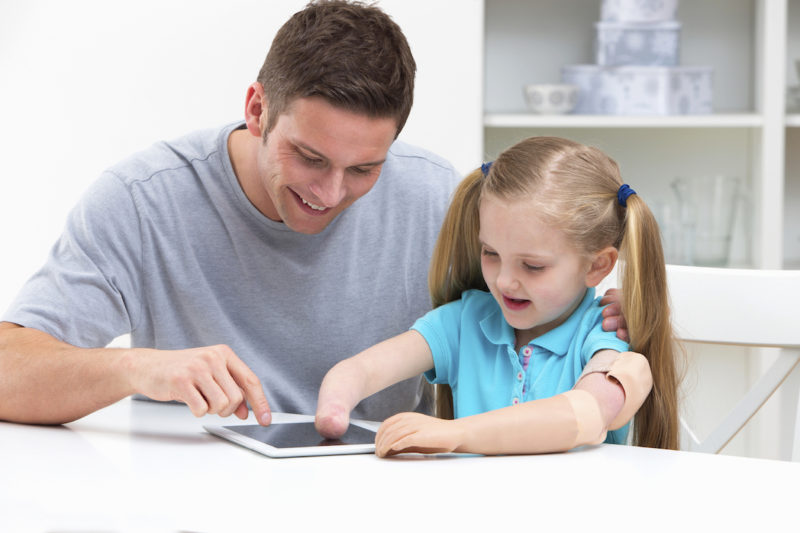
Children’s psychological development is still in its early stages, and they may be unable to cope with the situation in the same way that adults do. They require your assistance in adjusting to their new life, and you can assist them by encouraging them during this difficult time.
You can also encourage them to express their feelings, whether angry or sad. When people try not to be sad about something, they often feel worse in the long run. Allowing your child to grieve for what they have lost teaches them that it is okay to be sad, and they will begin to feel happier again with time.
Encourage Participation in Sports or Other Activities
Following an amputation, it is critical that your child gets out and participates in sports or other enjoyable activities. Children who become isolated after losing limbs may be more prone to depression than children who do not lose limbs. It’s best to encourage them by joining them in these activities, to feel excluded or alone.
Closing Remarks
It’s difficult to be a parent when your child goes through something difficult. You may feel helpless and unsure what you can do to assist them. However, there are some things you can do to help them recover more quickly. You can encourage them to express their feelings, and you can also look for physical solutions to help your child get back on their feet.
